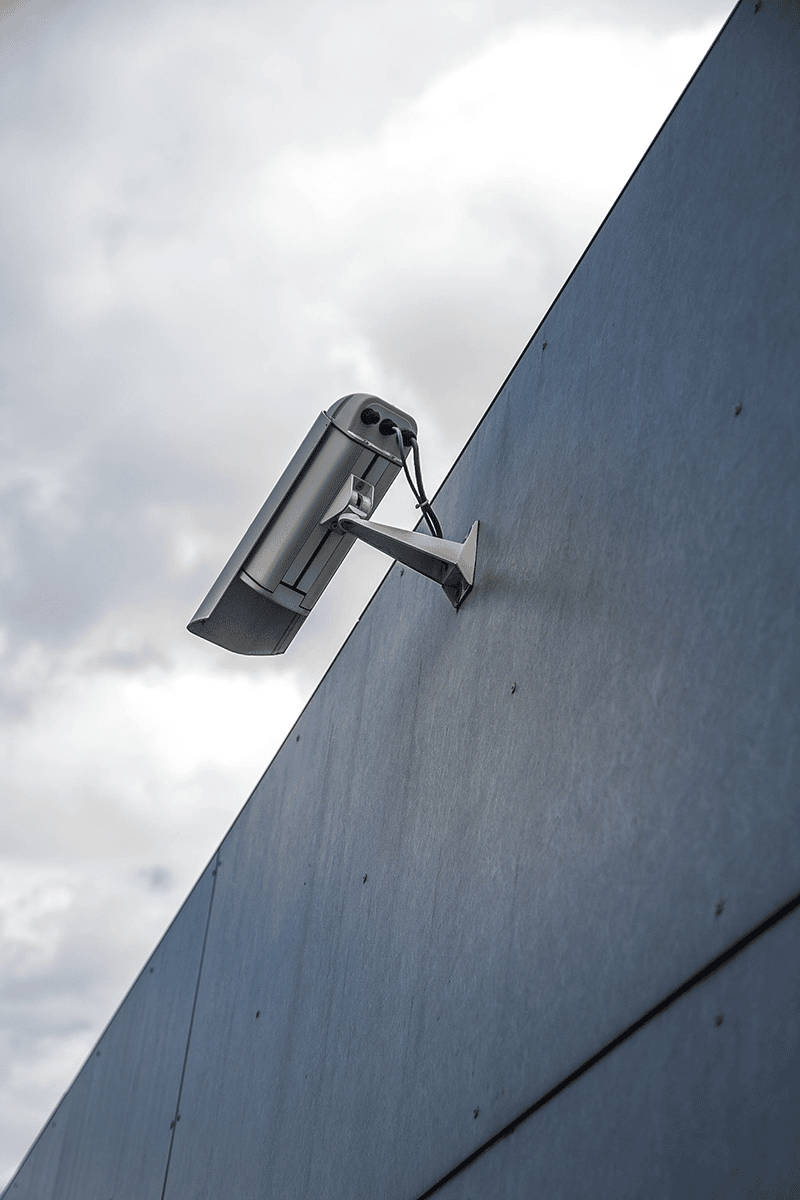Penetration Testing
Penetration testing is a method of evaluating the physical security of a facility or location by simulating a real-world attack in order to identify vulnerabilities in the security measures, as detailed below. The information gathered during the test is then used to identify areas for improvement and to develop a plan for strengthening the physical security of the facility.
Our team of experienced security professionals is here to provide expert advice and guidance to help you identify vulnerabilities in your physical security measures, and provide recommendations on how to improve them. Our services include:
Physical penetration testing
Physical penetration testing involves physical testing such as lock picking, nondestructive mechanism strength testing, and the testing of security staff.
Tailgating
Tailgating, also known as “piggybacking,” involves security personnel following an authorized individual through an access point, such as a door or gate, without being properly vetted or identified. This can happen when an authorized person holds a door open for someone they believe to be another authorized person or when an unauthorized person simply follows closely behind an authorized person as they enter a secure area. In order to prevent tailgating, organizations often use security measures such as turnstiles, security cameras, security personnel, and security protocols such as challenging anyone who is not visibly wearing an ID badge, and requiring the use of security tokens or biometrics for access.
Pretexting
Pretexting is a “social engineering” tactic used to gain unauthorized access to sensitive information or physical locations by pretending to be someone else. This is typically done by creating a false identity or scenario to gain the trust of the target, in order to obtain personal or confidential information, or to gain access to restricted areas. Pretexting can take many forms including phone, email, or in-person interactions. For example, an attacker might call a facility and pretend to be a repair person, a delivery person, or even a law enforcement officer, in order to gain access to a restricted area.
Pretexting can be a very effective tactic because it relies on manipulating human behavior and emotions rather than exploiting technical vulnerabilities. It is important for organizations to be aware of this tactic and to have protocols in place to prevent it. This can include employee training on how to recognize and handle suspicious or unexpected interactions, and strict access controls and identification protocols.
Surveillance Testing
Surveillance testing is the process of evaluating the effectiveness of your surveillance systems and procedures. This can include:
- Camera placement and coverage: Evaluating the location and field of view of cameras to ensure that they are able to effectively monitor high-risk areas and that they are not obstructed.
- Image quality: Verifying that the cameras are producing clear and usable images, even in challenging lighting conditions.
- Recording and storage: Testing the organization’s recording and storage systems to ensure that they are functioning properly and that footage is being stored for the appropriate length of time.
- Alarm and monitoring: Testing the organization’s alarm and monitoring systems to ensure that they are functioning properly and that they are able to detect and respond to potential security breaches.
- Compliance: Evaluating the organization’s surveillance systems and procedures to ensure that they are in compliance with industry regulations and standards.
This can be done in a number of ways including:
- Physical testing: Attempting to bypass or interfere with the surveillance system and monitoring the response of the security personnel.
- Log review: Reviewing the organization’s surveillance logs to ensure that they are complete, accurate, and that they are being used effectively to track and monitor security breaches.
- Compliance testing: Evaluating the organization’s surveillance systems and procedures to ensure they are in compliance with industry regulations and standards.
Compliance testing
Compliance testing is the process of evaluating security measures and practices against industry regulations, standards, and best practices. This can include reviewing policies, procedures, and technical controls to ensure that they meet the requirements of the relevant standards and regulations.
There are many types of compliance regulations and standards that organizations may need to comply with, depending on their industry, such as HIPAA for healthcare, PCI-DSS for payment card industry, SOC 2 for cloud services providers, and many more.

At E4M, we specialize in providing professional, thorough and simulated physical security evaluations for organizations of all sizes. We understand that the physical safety and security of your organization is of the utmost importance. As threats continue to evolve, it is crucial to have a robust security plan in place to protect your company’s assets, information, and people.
